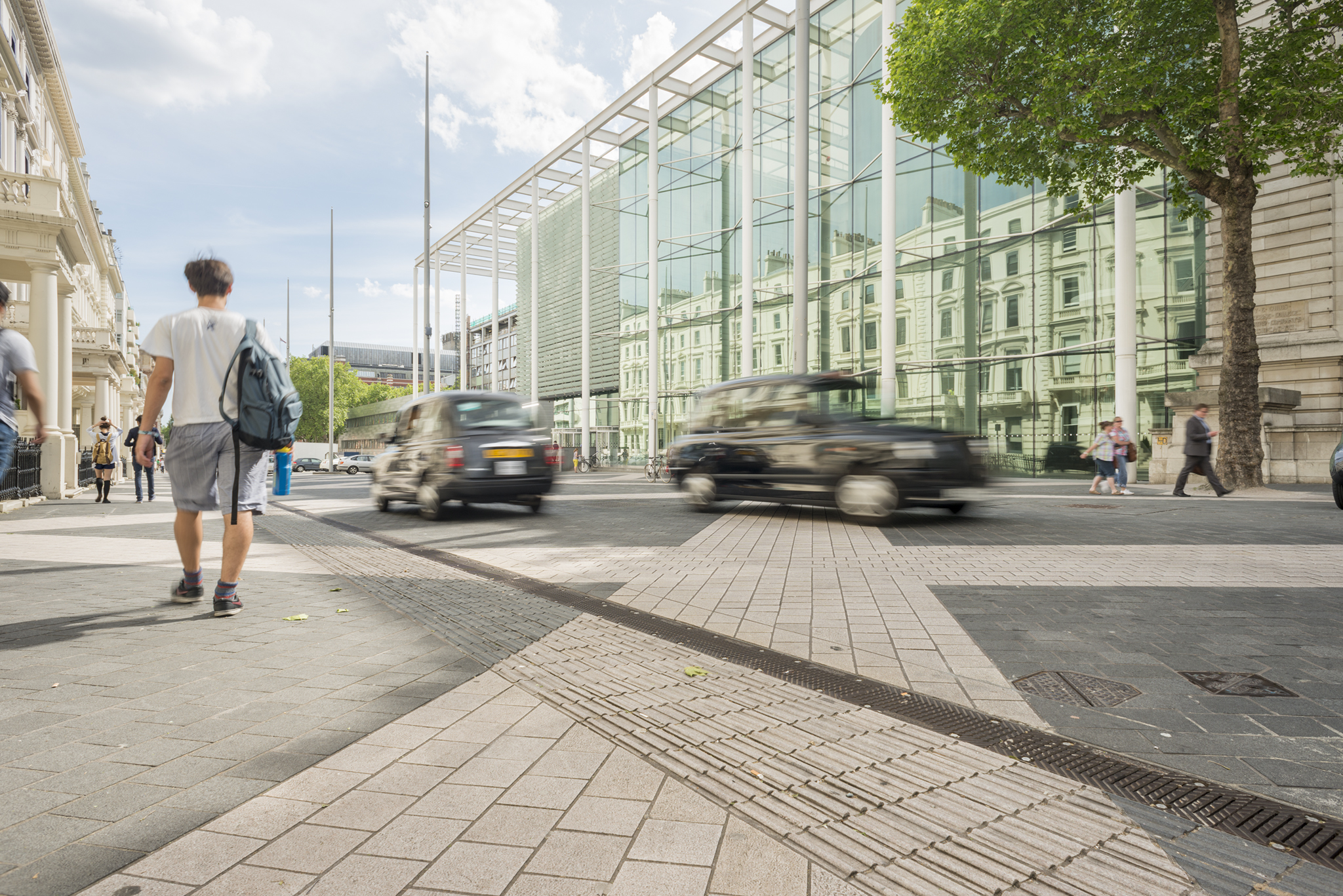

Traffic speeds also fell to an average of 16-17 mph, according to Hamilton-Baillie, leading to free-flowing traffic and a reduction in accidents and fatalities from 1.1 per year to zero, since its introduction. The goal of capturing their spending power was met. Its conversion into a shared space made the town more welcoming, increased footfall in eighty percent of retailers and elevated the ‘dwell time’ of people as they shopped. The town had seen the quality of its town center plummet with increased traffic flow and congestion, closure of retail outlets and a decline in shoppers. This was the case for the small town of Poynton in the county of Cheshire in Northern England. “Town and city centers are changing and becoming redundant, you don’t need them anymore and so we need people to go because they wish to and feel welcomed.” “The real aspect of shared space is economics,” explains Hamilton-Baillie.
Shared space roads drivers#
Spaces were soon introduced in the towns of Makkinga in the Netherlands and Bohmte in Germany which removed all traffic lights and signals, and then in 2011 more further afield on six streets in Auckland, New Zealand.Įighty percent of shared space users in the Fort street area of Auckland reported feeling safer and 72 percent of drivers felt their journeys were either the same or shorter, so users appear to be happy.

Despite increases in traffic volumes, accident numbers fell from 8.3 per year between 19 to an average of just one per year in 2005. The town of Drachten in the Netherlands was one of the first to experiment the concept in 2002 by removing nearly all traffic signals with the aim of reducing accidents and improving both the towns quality and popularity. Shared streets are primarily intended for more traditional and even mundane locations where people interact every day, such as a local town center. The majority of urban landscapes do not attract millions of people.

But Exhibition Road in London is not your usual street. “The quality of the space is the central focus,” explains Hamilton-Baillie. This local authority made the decision to transition the widely-used space. “We have changed this unwelcoming road into a world class streetscape – a stunning public space that can be enjoyed by all,” says the Royal Borough of Kensington and Chelsea proudly on their website. It instead houses benches and bus stops in the middle of the street and greater space to flow through for the hundreds of visitors it sees each day. In December 2011, this road became a shared space and is now stripped of everything you would expect to find here. Walking along it once involved by-passing hundreds of school children and families, countless students and tourists queuing at entrances or dawdling lost and confused, all upon a narrow pavement that couldn’t contain them all. As a cultural mecca hosting three of the biggest cultural venues in the country as well as educational institutions such as Imperial College London, this road attracts over 11 million visitors each year. Take the example of Exhibition Road, in the museums district of South Kensington in London, U.K. “It civilizes and humanizes a city center,” he argues. Hamilton-Baillie argues that drivers become more aware of their surroundings and respond to human interaction, just like people do in everyday life. “If people feel unsafe that’s good because they will then be cautious as they interact with traffic”. “Introducing ambiguity is central to shared space,” explains Hamilton-Baillie. They may feel confused, but that’s exactly the point. Road signs, traffic signals, roundabouts, crossing points and curbs are done away with and replaced by flat, smooth roads without markings, on which cars and people interact regularly. “It defines a public space where movement is subject to social protocol and informal regulation, not traffic rules.” Monderman pioneered the idea in the Netherlands claiming if traffic rules are taken away, people behave more carefully.

“Shared space breaks the principle of segregation,” says Ben Hamilton-Baillie, a street designer who coined the term with the late Dutch traffic engineer Hans Monderman and brought these spaces to the U.K., which now hosts more than any other country. Most importantly, these rules would be social, not formal, to befit the increasingly popular trend of ‘shared space’. Spaces where these usually segregated members of the population live – or move – by the same rules. The future of urban roads may be one where motorists, pedestrians and cyclists act as one.


 0 kommentar(er)
0 kommentar(er)
